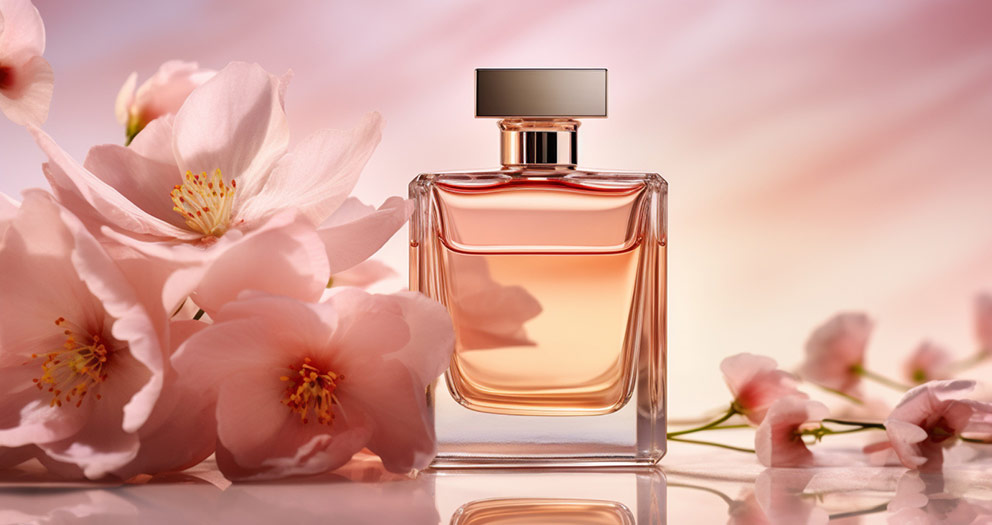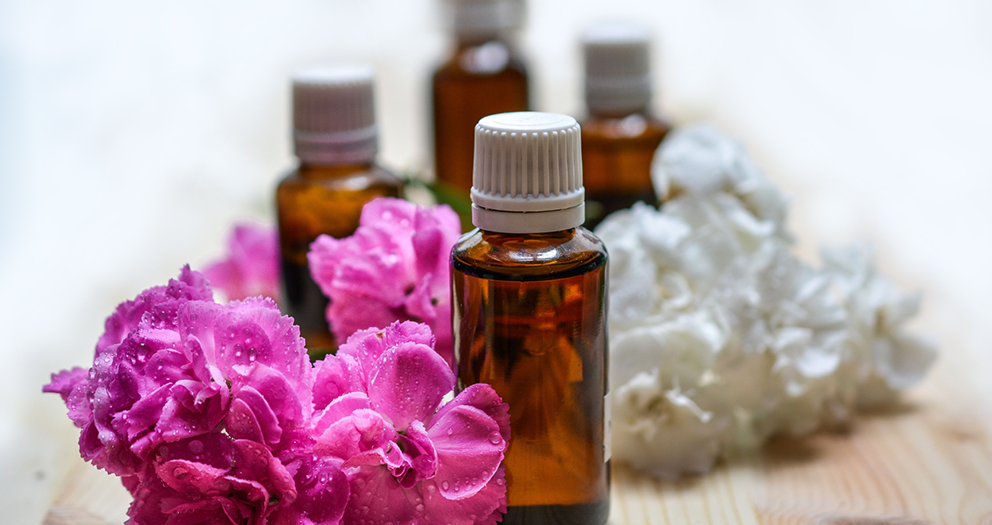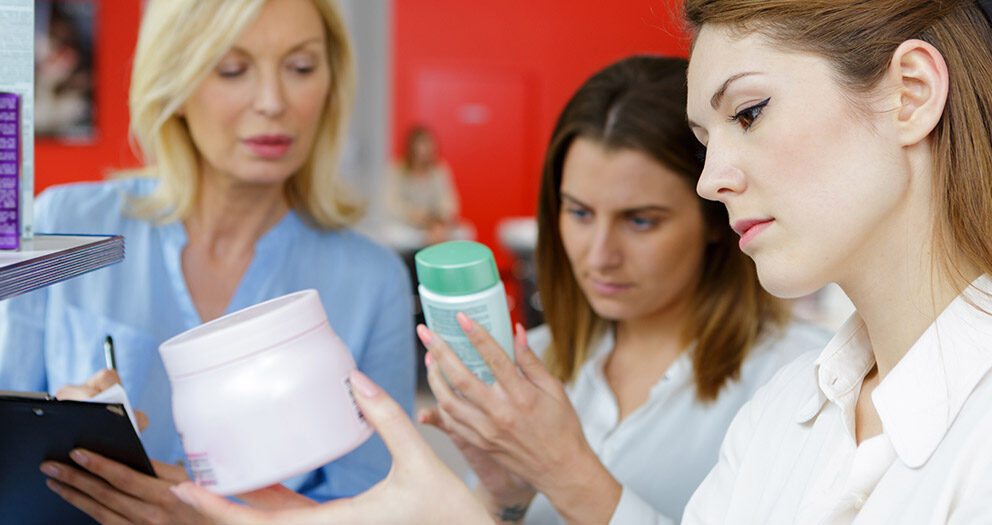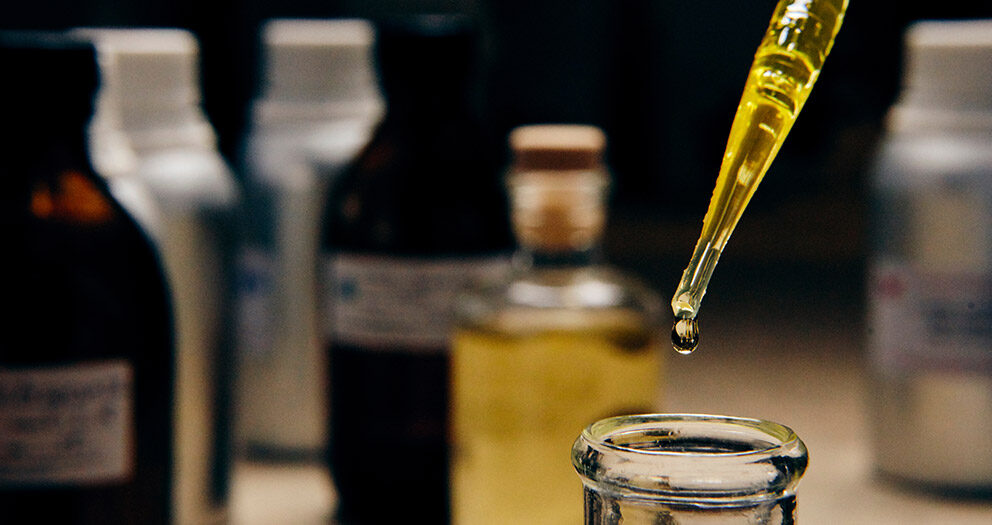As of January 1st, 2025, new UFI Declaration Requirements for products sold in the EU now require all hazardous mixtures, including scented products, to mention the UFI on their labels. This change affects anyone who makes or sells scented products like candles, diffusers, or air care within the European Union.
Why a UFI on the product label is important
A UFI (Unique Formula Identifier) is a 16-character code that helps poison centers quickly identify the chemical ingredients of a product in an emergency. If your product contains hazardous ingredients above regulated levels you’re legally required to include a UFI on the label to comply with EU regulations.
Who needs to include a UFI
You must place a UFI on the label if your finished mixture is classified for a health or physical hazard under CLP and therefore requires a PCN. Examples of relevant health/physical hazards include H315 (skin irrit.), H317 (skin sens.), H319 (serious eye irrit.), etc. Environmental hazards alone (e.g., H412) do not trigger PCN and thus do not create a UFI obligation under Annex VIII.
Cosmetics note: Finished cosmetic products are outside Annex VIII PCN. They follow the Cosmetics Regulation/CPNP, so PCN/UFI rules don’t apply to them.
Why scented products need a UFI
Fragrance oils contain ingredients that might irritate the skin or eyes, or cause allergies. Even if you use a small percentage, your final product might still need a UFI if the hazardous components are present at a regulated level. Let’s take for example our best seller Sicilian Bergamot and Lime Fragrance Oil. This one contains ingredients that are still considered hazardous, even when used at just 8% which is a typical concentration in candles. So, the finished product would still need a UFI on its label.
Best Practices
- Click on the CLP generation tool under each product description to see whether the fragrance level you will be using triggers any classification.
- If the final mixture is classified for any health hazard, submit a PCN and add your UFI on your product’s label.
- Submit via the ECHA Submission Portal to each Member State where you place the mixture on the market.
Common Questions
Is there a maxium percentage before I need to declare the fragrance UFI?
If the fragrance percentage you will use triggers classification (like H317 or H319 for example), you must include its UFI on the label. If the fragrance level you will use is low enough to remove classification then no action needed. Check the CLP calculator tool we include in every fragrance oil under the product description to see whether the % you will be using triggers any classification.
Where can I find the hazard classification on an SDS?
Check Section 2 of the SDS, called “Hazards Identification.” It lists the product’s hazard classification under CLP regulations. Look for hazard statements like H315 (skin irritation) or H317 (allergic reaction), often shown next to symbols (like an exclamation mark) and a signal word (either “Warning” or “Danger”).
Do I need to declare a new UFI if there is a change in the fragrance formula?
Yes, if there’s significant change in the fragrance formula like adding, removing, or swapping ingredients, you’ll need to declare the new UFI that the supplier will provide. Minor tweaks within the permitted range (like ±5% for ingredients over 25%) don’t require a new one.
What if I don’t include the UFI on a hazardous product?
If you skip the UFI, you could face fines, legal issues, or even a ban on selling your product in the EU. Plus, poison centers might not be able to give proper advice during emergencies.
How do I create a UFI for a blend that has multiple fragrance oils?
If you’re mixing several fragrance oils, you’ll need to generate a new UFI for the final blend. You can’t just reuse the UFIs from the individual oils. Use your company’s VAT number and a unique formulation code in the ECHA UFI generator to create it. Be sure to put the new UFI on your product label and report it to the poison centers.
What if I make a product with more than one hazardous mixture (other than fragrance)? Which UFI should I mention?
If your product contains multiple hazardous mixtures, you should use the UFI of the final mixture that you manufacture. The UFI must reflect the exact composition of the final product. You cannot use UFIs from individual raw materials or components (like a fragrance oil). You must generate a new UFI specifically for the final mixture as it will uniquely identify that particular blend.
Can I use the same UFI if I sell my product in different EU countries?
Yes, as long as the formula is identical. The UFI is linked to the specific product composition, not the country of sale. Just make sure the UFI is properly registered with the poison centers in each country where you sell the product.
The key takeaway
If your scented product contains a percentage of fragrance that triggers CLP (classified as hazardous), you must include the UFI on the label. Compliance with this regulation is essential to ensure consumer safety and legal stability for your business. Taking the time to properly label your products will help avoid legal issues and make sure that emergency responders have the information they need to assist your customers.
Useful links for further information
- ECHA UFI Generator: Generate Your UFI
- ECHA Guidance on UFI: Understanding the UFI Requirement
- EU Regulation Details: Annex VIII to CLP







Write a comment
Your email address will not be published. All fields are required